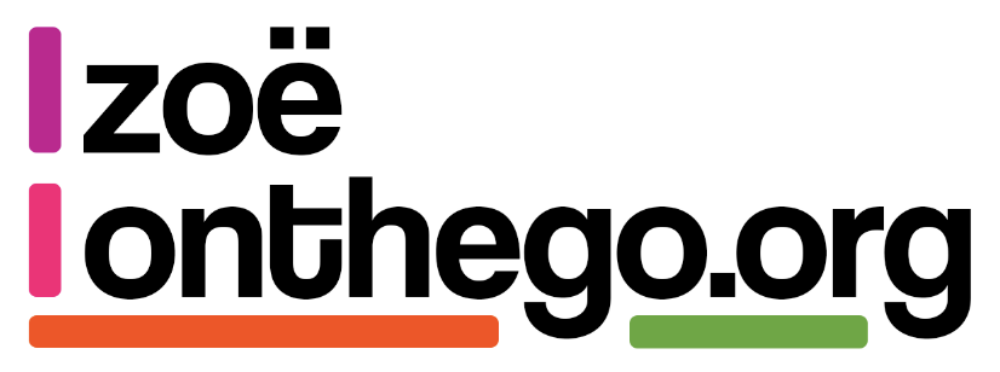One of the most common questions that comes up in Bid opportunities is usually some variant of “how do you transfer your knowledge to us before you leave?”
This is completely valid question, and really important to both ask, and to understand, but also hard to answer well in 100 words without risking looking like knowledge transfer is only a nice to have!
Having been on the other side of the commercial table, making sure you get a supplier who will want to work with you and up-skill your own people so you are not reliant on the supplier forever is generally vital to both making sure the project is successful, and cost effective.

I’ve written Invitations to Tender that ask for examples of how suppliers would go about transferring knowledge and up-skilling my teams. I’ve sat through bid tender presentations as the buyer and listened to suppliers try to persuade me that they know best, and that they have the expertise my organisation needs to deliver a project or programme.
I was generally able to spot very quickly those organisations that took this more seriously than others, those that would work collaboratively with us vs. those more likely to just come in and do a sales job and leave us none the wiser reliant on their services.
But, if I’m honest, I never really judged that feel on the words they said, but more through the words they didn’t say, and more importantly HOW they said or didn’t say it.
Everyone can say the words ‘show and tell’, but how are you doing them? How are you getting stakeholders engaged? How are you making sure you have the right people turning up to engage with the project?

You can say you use Trello, JIRA, or Confluence etc. to create shared digital spaces to run your backlogs or share information; but how do you make sure the right people have access to them and know how to use them? How do you agree what information is going on there and when? How do you determine what information the team can see vs. your stakeholders, and make sure the information is understandable to everyone who needs it?
As long as suppliers are putting in key buzzwords, that nuance is hard to judge within 100 words, but so key to understand. And it’s not only important for the buying organisation to understand how the supplier would transfer knowledge, but it’s actually really important for the supplier to understand how receptive an organisation is as well.
I always assumed ‘knowledge transfer’ was something that was easy for suppliers to do as long as they put in some effort.
Now I sit on the other side of the table, its something i’ve realised there is a real art too. Not just writing a bid response that gets the message across, but doing it once you hit the ground. I’d always assumed that, as long as the team/ buying organisation was keen and engaged, knowledge transfer would be easy to do.

Eight months later I’ve realised it’s not as easy as it looks, as a supplier there’s a very fine line to walk between supporting an organisation, and looking patronising. Just as every organisation is somewhere different on their agile/digital journey, so is every individual.
A one size fits all approach to transferring knowledge will never work. You can’t assume because an organisation is new to agile or digital, every individual within the organisation is. Some organisations/people want more in the way of ‘coaching and mentoring’ others want less. Some organisations/people will say they are open to changing their ways of working, but will resist anything new; others are champing off your hand for every new tool or technique. Some want walking through everything you are doing so they can learn from it, others want you to just get on and deliver and tell them at the end how you did it.
And as suppliers, there is often as much we have to learn from the organisation as there is to ‘teach’, while we might be the experts in agile or digital or delivering transformation; we need to learn about and understand how their organisation works and why.

There is no ‘one answer’ on how to do knowledge transfer, and it’s not a one way street. It’s how you approach the question that is important. Are you open to working with an organisation (either as the buyer or the supplier) to understand how you can work together and learn from each other? As long as you are open to having those conversations and learning from each other, then the knowledge transfer will happen.
